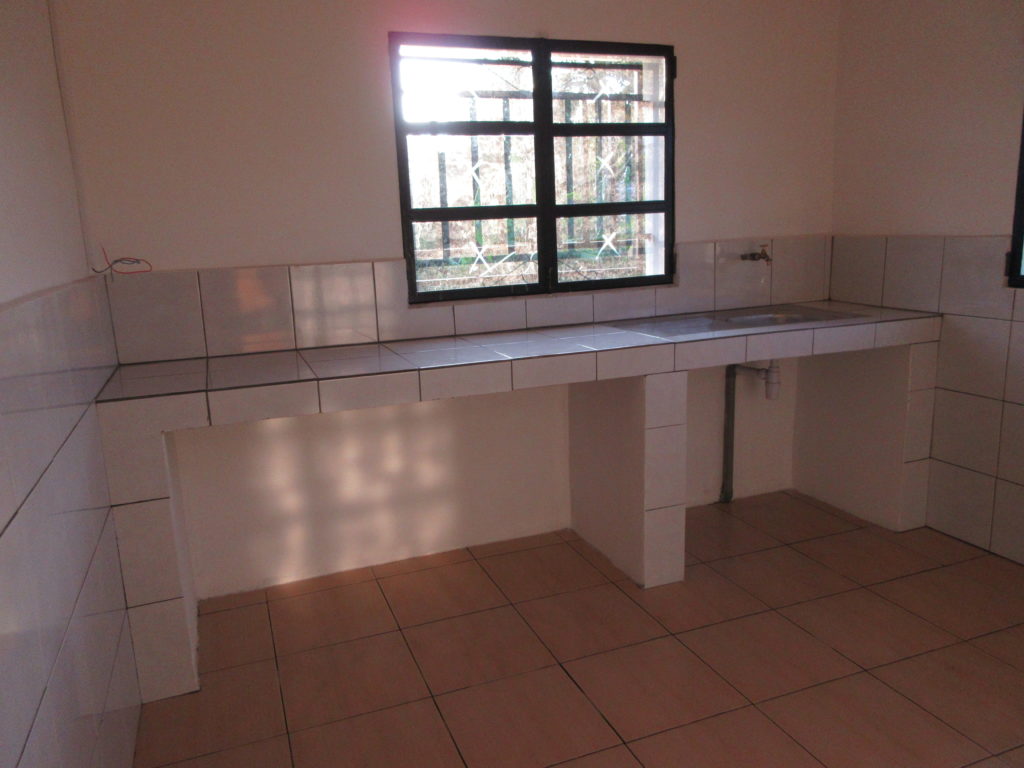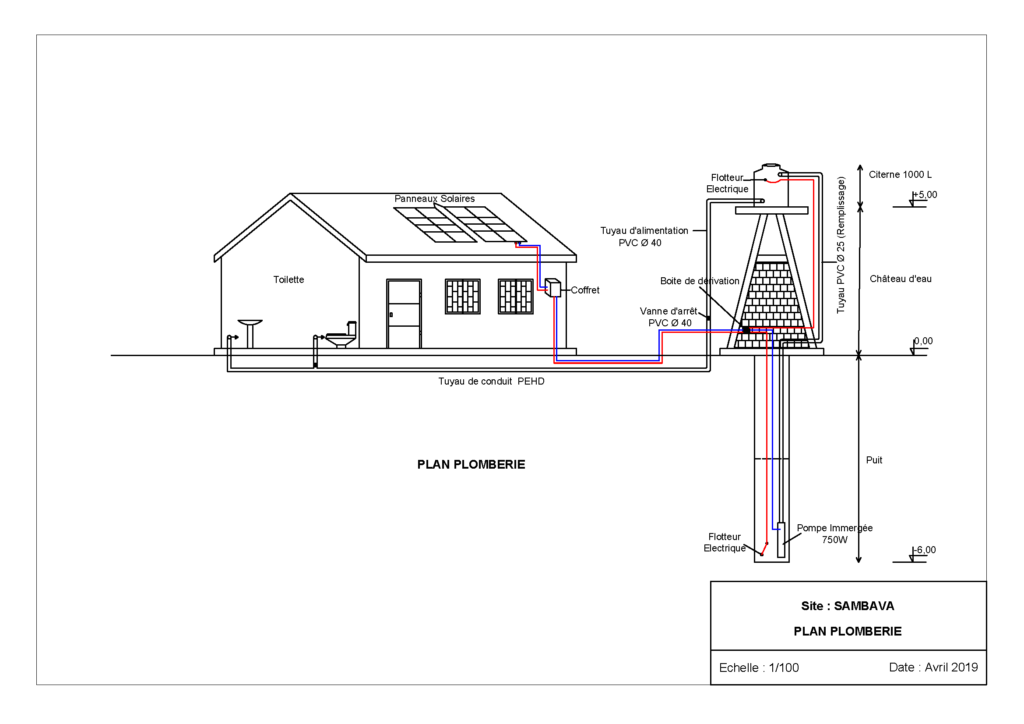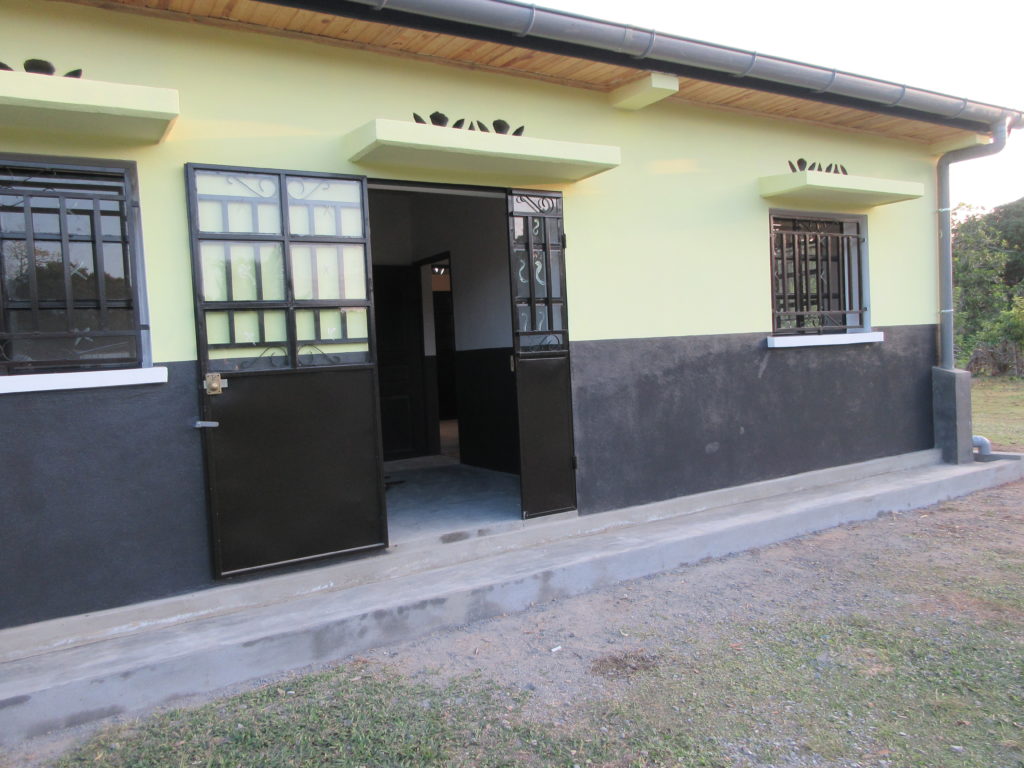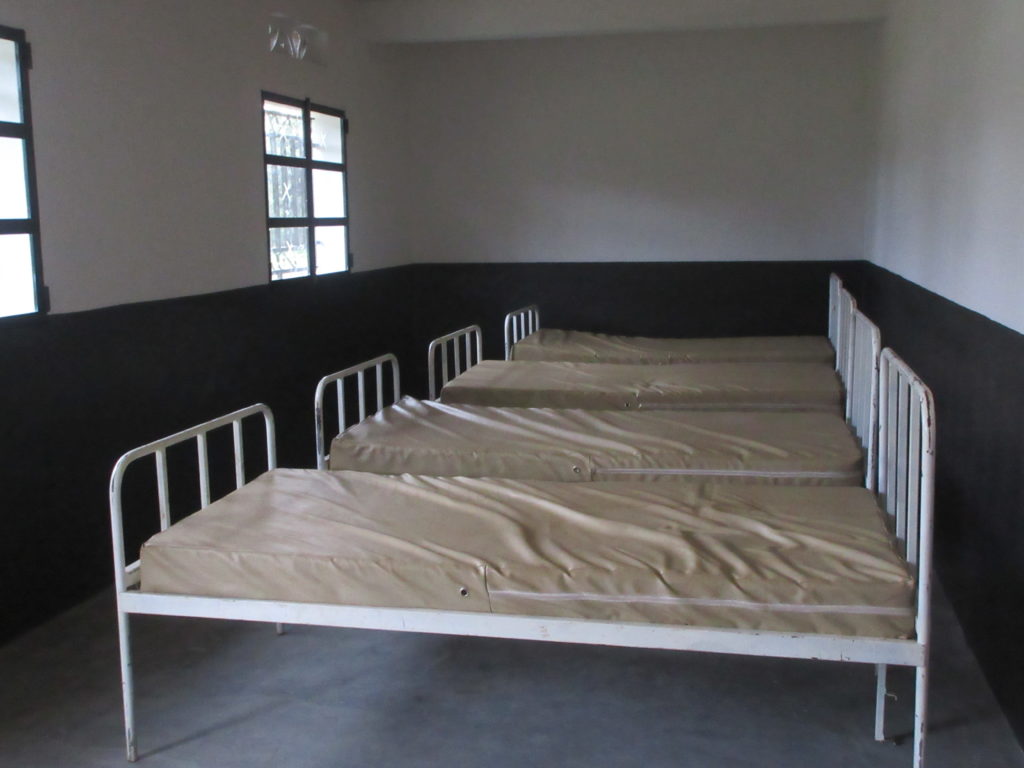2016 – Health Centre – Ambohitrakongona
Update: November 2016
Official opening of the new Ambohitrakongona Clinic
In November 2016, the Ambohitrakongona Clinic was officially opened.
Location: The town of Sambava is the centre of Madagascar’s vanilla growing area. It is located in SAVA Region in the the far north east of Madagascar. Although accessible by road from the capital, Antananarivo, a significant proportion of the journey to Sambava is on earth track and can take several days – particularly during the rainy season. Visitors to SAVA usually travel by air – a 90 minute flight
BRIEF PROJECT OUTLINE
Sambava has considerable potential as a tourist destination – the main attractions being the beach/sea and the dramatic scenery and nearby mountains. But like most other towns of its size, Sambava is seriously lacking in basic infrastructure. There are no public toilets, and less than half the estimated population of 12,000 have sanitation in or near their homes. The rest use the beach – which has also become the dumping ground for all kinds of rubbish and waste.
Most primary schools, even within a short distance of the town, are constructed of little more than bamboo and leaves. When it rains the classrooms are flooded, and the children have to be sent home. More solidly built schools, of bricks with corrugated iron roofs, often have no latrine. The children use the surrounding countryside – with consequent health risks and causing significant environmental pollution.
Large rural communities have little or no access to basic health care. Only 5 Kms from the outskirts of Sambava, at the other side a 50 metre wide river, lies the Commune of Ambohitrakongona, a collection of villages and hamlets with an estimated combined population of around 13,000.

The nearest medical centre is on the Sambava side of the river. But when the water level is raised after heavy rain it is difficult and dangerous to cross. There are boats for hire, but few can afford the fare. As a result women frequently give birth on the banks of the river, and up to 20 people die each year because they were unable to seek timely medical assistance.
Objectives:
To construct a 7 room health centre including:
- Maternity Ward
- Delivery Room
- Midwife Office
- Consultation Room
- Pharmacy
- Treatment Room / General Ward
Main Outputs
- Reducing the mortality rate due to illness – including malaria, diarrhoea, respiratory and skin infections
- Reduce the number of births that occur during the journey to seek medical assistance
- Avoid the long journeys and river crossings undertaken by those seeking medical help
- Improve the level of support for the most vulnerable community members
- Support village organisations – so they can develop their business activities
Additional information
Project completion date: Q3 2016



